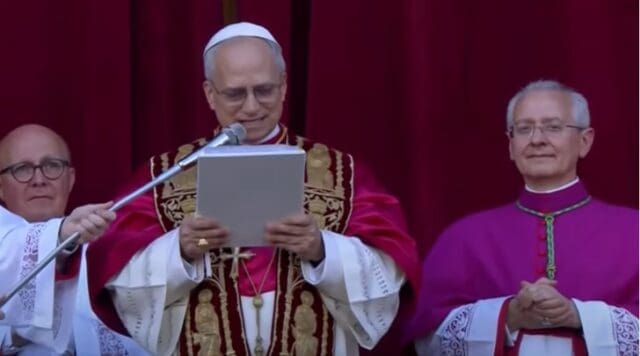
The Catholic Church is a complex institution with a rich history that shapes its structure and operations today.
At its core lies a hierarchy that influences not only governance but also the spiritual life of millions. From the Pope, the visible leader of the Church and spiritual guide for Catholics, to the dedicated deacons serving at the grassroots level, each role is pivotal.
Understanding this hierarchy is essential for anyone looking to explore the inner workings of the Church, as it reveals how faith and governance intertwine.
The hierarchy of the Catholic Church, from highest to lowest, is Pope, Cardinal, Archbishop, Bishop, Priest, and Deacon.
The Pope is the head of the church and the Bishop of Rome, while Cardinals advise the Pope and elect a new one upon his death.
Archbishops oversee archdioceses, and Bishops oversee dioceses. Priests serve in parishes, and Deacons assist priests and bishops.
Here’s a brief explanation of each level, in order from highest to lowest:
Pope:
- The Bishop of Rome and the spiritual leader of the worldwide Catholic Church.
- Considered the successor to Saint Peter.
- Has supreme authority over all Church matters.
Cardinal:
- Senior church officials, usually bishops, appointed by the pope.
- Serve as advisers to the pope and are the ones who elect a new pope in a conclave.
- Often oversee important dioceses or work in the Vatican.
Archbishop:
- A bishop who oversees an archdiocese, which is usually a large or historically important diocese.
- May also supervise other bishops in his region (a province).
Bishop:
- Oversees a diocese, which is a collection of local parishes.
- Has the fullness of the sacrament of Holy Orders.
- Responsible for teaching, governing, and sanctifying the faithful in his care.
Priest:
- Serves under a bishop, usually assigned to a parish.
- Administers most of the sacraments (e.g., Eucharist, Reconciliation, Baptism).
- Provides spiritual care to the community.
Deacon:
- Assists priests and bishops.
- Can baptize, witness marriages, preach, and perform funerals, but cannot consecrate the Eucharist or hear confessions.
- Two types: transitional (on the way to priesthood) and permanent (can be married if ordained before marriage).
The Catholic Church is one of the oldest and most intricate institutions in the world, with roots tracing back nearly 2,000 years.
The hierarchy of the church reflects both theological beliefs and centuries of historical development, including councils, schisms, reforms, and global expansion.







